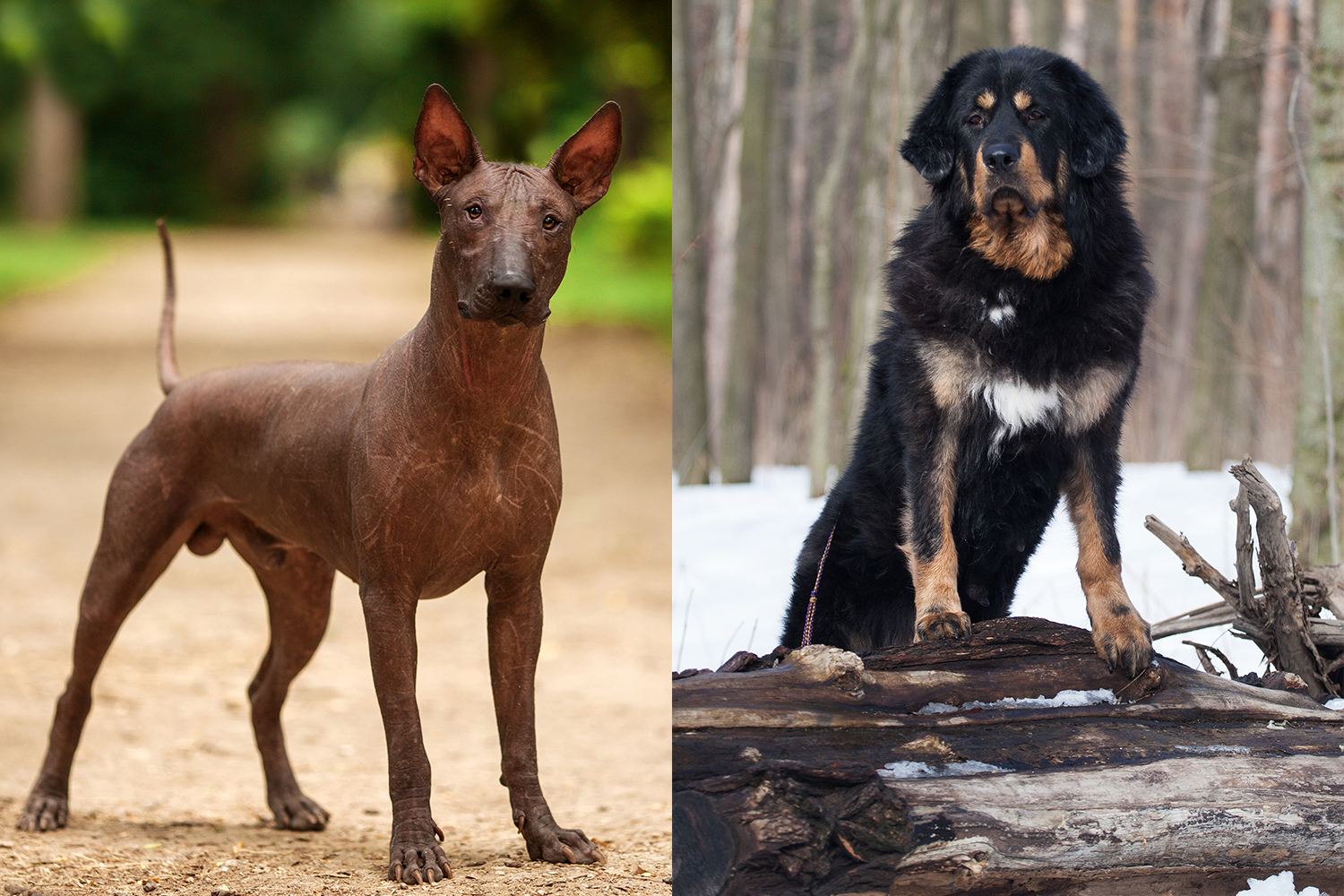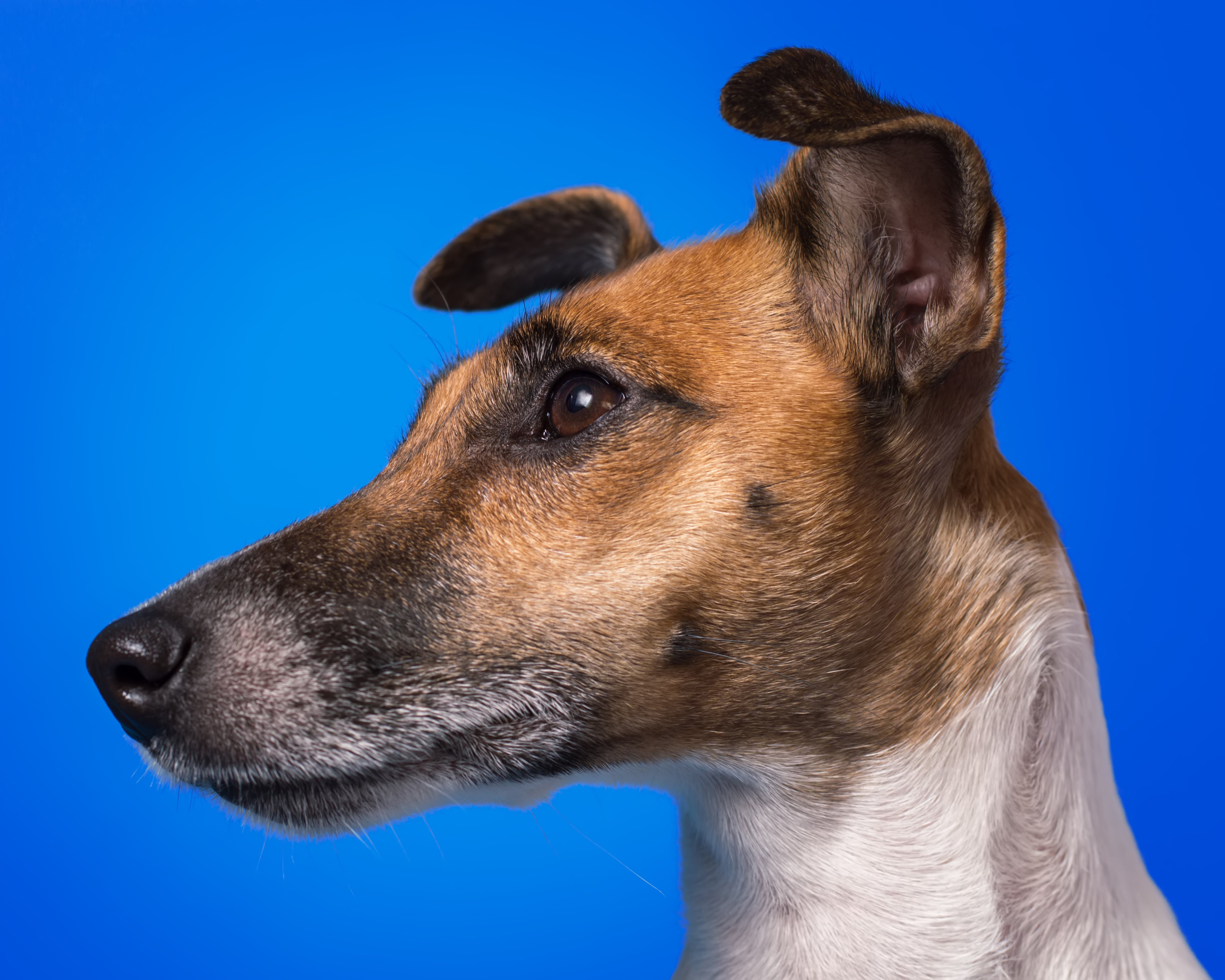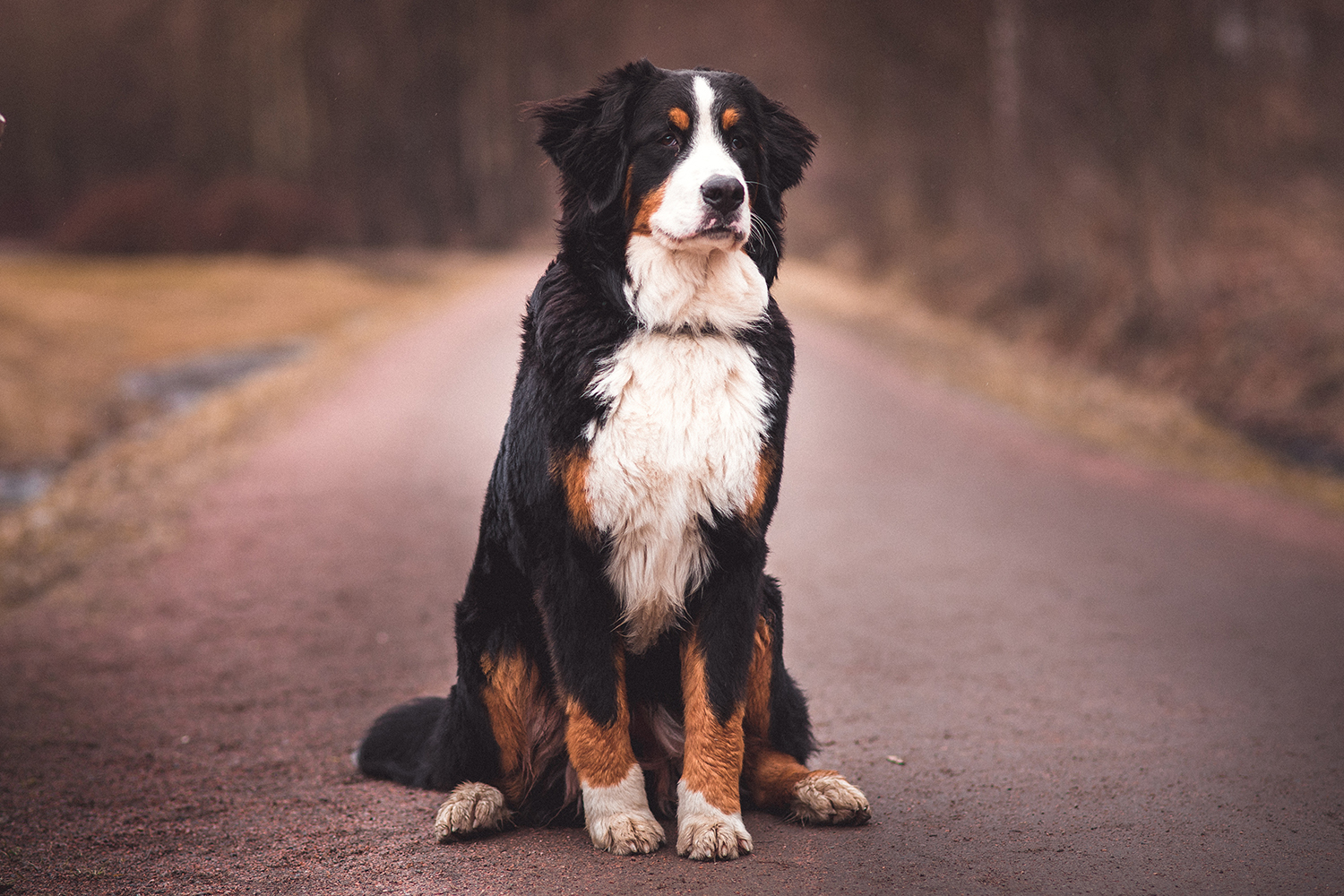
By: Kate Eldredge Date: 02/27/2017

Most people today are aware that there are many different breeds of dogs - everything ranging from a Chihuahua to an Irish Wolfhound, and from a Xoloitzcuintli to a Tibetan Mastiff. When we see a dog that we are not familiar with, we ask what kind of dog it is, be that a breed we've never seen before or a mix of several breeds. We know that each breed looks a certain way. But what we have lost track of is why they look the way they do, and why all of these breeds exist.
The dog breeds we see today are a product of artificial selection for specific traits. For many breeds, the initial selection processes were based on what tasks the dog needed to perform rather than their appearance. Farmers needed dogs to help control and maneuver their livestock between pastures and to and from market. Hunters needed dogs to find prey, corner it, and assist in recovering it. Everyone needed dogs to kill household pests that broke into food stores and spread disease. While you can get one dog to perform all of these tasks, the work is done better if the dog specializes.
Consider herding dogs. In order to be a good stock dog, a dog must have an innate sense of balance to understand how to get the livestock to move in a particular direction. The dog also needs to be willing to take commands from his or her owner so that the livestock can be moved to the correct place. And the dog must not have a strong prey drive, or it could hurt or kill the livestock. All of these traits are controlled by genetics - training helps, but natural, in-born talents make the training process a lot easier and more successful. So farmers that had two dogs with innate herding ability would breed them together, yielding litters of puppies with more herding ability than the average dog. The physical traits of these dogs were passed on as well. Over time, with more and more farmers in an area participating in selecting for herding ability, they developed a population of dogs with great herding talent. Because they were limited geographically, physical traits got locked into the gene pool as well as the genes that control herding instinct. This is why there are many herding breeds today, but each one looks different - farmers in each geographic region were working with different base populations of dogs, and the traits of those original dogs would influence the appearance of the future herding dogs.
 Don't be fooled by the cute face -- Terriers are a rat's worst nightmare. Don't be fooled by the cute face -- Terriers are a rat's worst nightmare.
|
The same process happened with hunting dogs, terriers, and other dog breed categories. In the case of terriers, small size was as important as prey drive, because the dogs needed to be able to get into the holes and burrows where their prey hides. Terriers have more independence than the typical hunting or herding dog because their work did not require input from a human - just find the rat and kill it. Retrievers on the other hand were selected for their willingness to please and work with their owners. Retrievers have also been selected for "soft mouths" so that they don't damage the meat on birds they retrieve.
The appearance and behavior of today's dog breeds is a result of their original function. Siberian Huskies have thick coats, strong bodies, and an even stronger desire to run because they needed to pull sleds long distances in arctic conditions. Great Pyrenees are mostly white to blend in with their flocks, form strong attachments because they needed to stay with and want to protect their flocks, and large so that they could fight off predators. Pekingese are small, furry, and affectionate because they were the companions of royalty.
Today, many of the tasks that we once depended on dogs to perform can be done in other ways, but other tasks still remain. Many hunters still use retrievers to fetch game. Farmers still have herding dogs to move and control livestock. Terriers are still used to control rodent populations in cities. Millions choose small, fluffy breeds as their household companions.
We have also developed new jobs for our canine companions that still require specific traits. Seeing eye dogs must be calm, observant, and eager to work with humans, all traits of Labrador Retrievers. Military and law enforcement dogs need to be strong and agile, with intense drive to protect their handlers and perform physical feats with precision. Enter the German Shepherd Dog, Doberman, and Belgian Malinois. Search and rescue dogs need to have a keen sense of smell and be physically capable of navigating rough or dangerous terrain. Meet the Bloodhound and St Bernard.
 The Bernese Mountain Dog's coat is both practical and handsome -- but also requires a lot of grooming! The Bernese Mountain Dog's coat is both practical and handsome -- but also requires a lot of grooming!
|
The beauty of dog breeds is that you have a pretty good idea of what you are getting. If you pick up a Cavalier King Charles Spaniel puppy, you know that he is going to grow up to be a small dog who is a great companion. A Bearded Collie puppy will grow up to be a medium size dog with an exuberant personality and lots of exercise requirements. A Bernese Mountain Dog puppy is going to require lots of grooming to keep that thick warm coat clean and healthy.
This knowledge is valuable because it allows us to choose the dog that will best fit our needs. Someone living in an apartment can select a dog that will be small and not need a lot of exercise. A runner can choose a dog with the energy to run with them, and an appearance that keeps threatening strangers away. Hunters can choose a dog that can be easily trained to hunt with them. As long as we know something about their parentage, we can use this information to guess what a mixed breed puppy will be like when she grows up too, and ensure that she is placed in a home that will fit her needs.
Some people may not have particular needs in a dog, and that's fine. But for those who do have specific requirements in size, coat care, or personality (and many of us do), knowledge of breed-specific traits is an incredible tool. Always do some research before getting a dog, whether you are considering one from a responsible breeder or one from a shelter or rescue. Knowledge of the dog's heritage gives valuable insight into what that dog will be like.

About The Author
 Discover Animals is a web-based educational resource offered by the NAIA
Discover Animals is a web-based educational resource offered by the NAIA